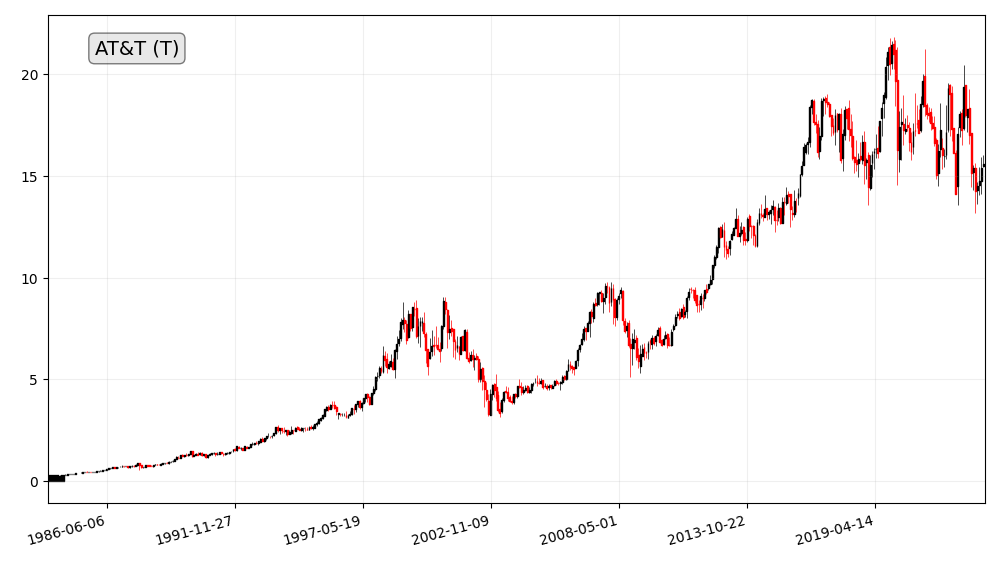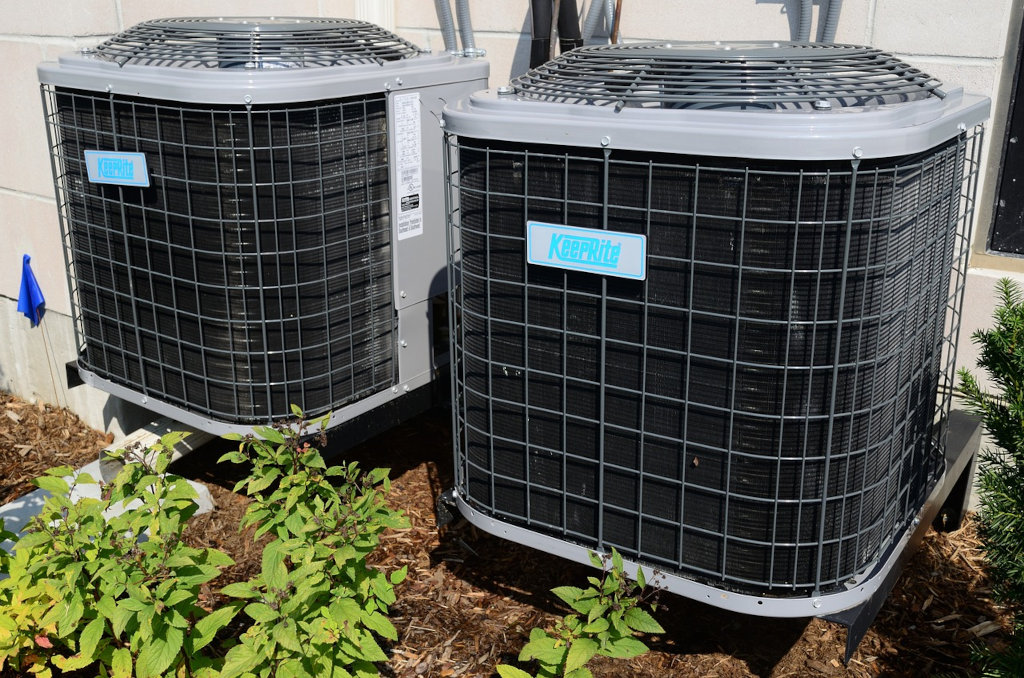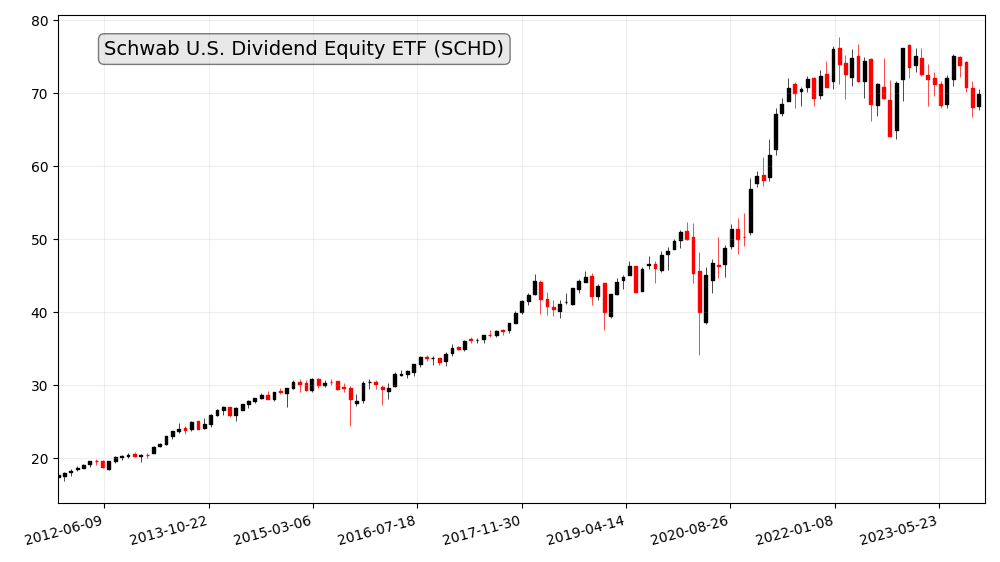Investing in rental properties can be a lucrative venture, but it comes with its share of responsibilities, including understanding and managing property tax expenses. In this article, we’ll delve into the intricacies of property taxes for rental properties, providing insights on types, calculations, deductions, and essential strategies for effective tax planning.
Understanding Property Tax Expenses For Rental Properties
What is Property Tax?
Property tax is a tax that is imposed on the value of real property, such as land and buildings. It is calculated by multiplying the assessed value of the property by the mill rate. The mill rate is set by the local government and is typically expressed in mills per thousand dollars of assessed value.
Calculating Property Taxes
Residential property tax is a vital source of revenue for local governments, funding essential services such as schools, public safety, and infrastructure. Property taxes are levied on the assessed value of real estate, and understanding how they are calculated is crucial for homeowners and policymakers alike.

Assessment of Property Value
The foundation of residential property tax calculation lies in the assessment of the property’s value. Assessors determine this value based on various factors, including the property’s size, location, age, and features. The process involves comparing the subject property to recently sold properties in the area (comparable sales or “comps”) to establish a fair market value.
Tax Rate
Once the assessed value is determined, it is multiplied by the local tax rate to calculate the property tax liability. The tax rate, often expressed in mills (one mill is equal to one-tenth of a cent), is set by local taxing authorities, such as city or county governments, and is a critical component in the overall formula.
Tax Deductions for Rental Properties
Mortgage Interest Deduction Rental property owners can deduct mortgage interest payments, easing the overall tax burden.
Depreciation Deduction Properties depreciate over time, and this depreciation can be deducted from taxable income.
Operating Expenses Deduction Routine expenses like property management fees and maintenance costs are deductible, reducing taxable income.
Assessing Property Value
Factors like location, amenities, and local market trends influence property value. Understanding these factors aids in making informed decisions about potential tax implications.
Market Value
At the core of property assessment is the concept of market value – the price a property would fetch in an open and competitive market. Assessors consider recent sales of comparable properties in the vicinity, taking into account factors such as size, location, age, and features to arrive at an estimated market value.
Physical Characteristics
Assessors meticulously evaluate the physical characteristics of a property. This includes the size of the land, the square footage and layout of the buildings, the number of bedrooms and bathrooms, and any unique features that might contribute to the overall value. The condition of the property and any necessary repairs or renovations also play a role in the assessment.
Location, Location, Location
The adage holds true in property assessment. The location of a property significantly influences its value. Proximity to amenities, schools, public services, and the overall desirability of the neighborhood all contribute to the assessed value. Assessors consider the location’s impact on market demand and property values.
Recent Sales Data
Assessors rely on recent sales data to gauge the current market conditions. This involves comparing the subject property with recently sold properties that are similar in size, condition, and location. This sales comparison helps assessors establish a fair market value for the property.
Exterior and Interior Inspections
In some cases, assessors may conduct exterior and interior inspections of the property to ensure that the recorded information aligns with the current state of the home. These inspections provide assessors with a firsthand look at the property’s condition and any improvements or modifications that may affect its value.
Improvements and Upgrades
Assessors take into account any improvements or upgrades made to the property since the last assessment. This includes additions, renovations, or significant changes that enhance the property’s value. Homeowners should keep detailed records of such improvements for accurate assessment.
Appealing Property Taxes
If property owners believe their assessment is too high, they can appeal. Knowing the appeal process and gathering supporting evidence is essential for a successful appeal.
Understand the Assessment Process
Before initiating an appeal, homeowners should have a clear understanding of how property assessments are determined. Assessors consider various factors, such as market value, property size, location, and improvements. Gathering information about comparable properties in the neighborhood can help homeowners assess whether their property has been fairly evaluated.
Know the Deadline
Most jurisdictions have a specific timeframe during which property tax appeals must be filed. It is imperative for homeowners to be aware of these deadlines and act promptly. Missing the deadline may result in the forfeiture of the right to appeal for that tax year.
Review Assessment Records
Homeowners should obtain a copy of their property assessment records from the local assessor’s office. Carefully review these records for errors or discrepancies in property details, square footage, or other relevant information. Mistakes in the assessment can be a valid basis for an appeal.
Gather Supporting Documentation
To strengthen an appeal, homeowners should collect evidence supporting their claim that the property has been overvalued. This may include recent appraisals, photographs illustrating property conditions, or documentation of any unique circumstances affecting the property’s value.
Understand Grounds for Appeal
Grounds for property tax appeals often include incorrect property assessment, factual errors, or changes in property condition that affect its value. Some jurisdictions also allow appeals based on economic factors, such as a decline in the local real estate market.
Prepare a Persuasive Case
When filing an appeal, it is essential to present a clear and persuasive case. Clearly outline the reasons for the appeal, providing supporting documentation and evidence. Some jurisdictions may require a formal appeal form, while others accept written correspondence.
Attend the Hearing
In many cases, property tax appeals involve a hearing before a local board or assessment review board. Homeowners have the opportunity to present their case in person. Being well-prepared, articulate, and presenting compelling evidence can significantly impact the outcome of the appeal.
Consider Professional Assistance
For complex cases or if homeowners are unfamiliar with the appeal process, seeking professional assistance may be beneficial. Property tax consultants or appraisers with experience in the local jurisdiction can provide valuable guidance and expertise.
State-Specific Considerations
Property tax laws vary by state. Being aware of these differences and any state-specific deductions or exemptions is crucial for accurate financial planning.
Some states have implemented tax relief programs designed to assist low-income homeowners. These programs may include property tax deferrals, credits, or other forms of financial assistance. Researching available programs and their eligibility criteria is essential for those facing financial challenges.
Certain states may have limitations or caps on how much property taxes can increase annually. These caps are intended to protect homeowners from dramatic spikes in their tax bills. Homeowners should be aware of any applicable caps in their state and how they may impact their property taxes over time.
Budgeting for Property Taxes
Creating a budget specifically for property taxes ensures that property owners can meet their obligations without compromising overall financial stability.
Tax Planning Strategies
Spreading tax payments throughout the year and leveraging available tax credits can help manage the financial impact of property taxes.
Common Pitfalls to Avoid
From inaccurate property assessments to ignoring changes in tax laws, being aware of common pitfalls is key to effective tax management.
Staying Informed
Regularly checking tax regulations and utilizing online resources helps property owners stay informed about changes that may affect their tax obligations.
Impact of Property Taxes on Rental Income
Balancing property taxes with rental income is crucial for maintaining profitability. Long-term financial planning should account for potential increases in property taxes.
Conclusion
Understanding property tax expenses is paramount for rental property owners. By grasping the intricacies of types, calculations, deductions, and effective strategies, property owners can navigate the complex landscape of property taxes with confidence.
FAQs
Q: What happens if I don’t pay property taxes on time? A: Failure to pay property taxes on time can result in penalties, interest, and even a tax lien on the property.
Q: Can property tax rates change annually? A: Yes, property tax rates can change annually based on local government decisions and economic factors.
Q: Are there any exemptions for first-time property owners? A: Some regions offer exemptions or reductions for first-time property owners. It’s essential to check local regulations.
Q: How often should I reassess my property’s value for tax purposes? A: Regular reassessment is recommended, especially when significant changes to the property occur or when prompted by local tax authorities.
Q: Are property tax deductions the same for commercial and residential rentals? A: No, there may be differences in allowable deductions between commercial and residential rental properties. It’s advisable to consult with a tax professional for accurate guidance.




